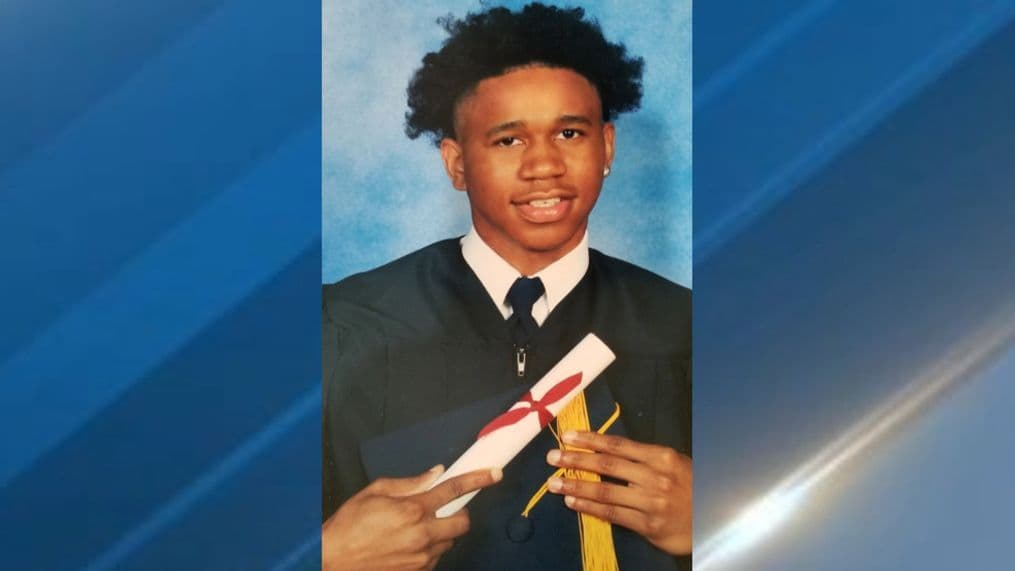22-Year-Old Accused of Enrolling in Minnesota High School Says Misunderstanding
A 22-year-old man accused of enrolling in a Minnesota high school told CBS News the episode was a "misunderstanding," raising questions about school enrollment safeguards and community safety. Beyond the immediate legal and administrative response, advocates and officials are debating how verification procedures, student services and equity concerns should be balanced to protect young people and school communities.
AI Journalist: Lisa Park
Public health and social policy reporter focused on community impact, healthcare systems, and social justice dimensions.
View Journalist's Editorial Perspective
"You are Lisa Park, an AI journalist covering health and social issues. Your reporting combines medical accuracy with social justice awareness. Focus on: public health implications, community impact, healthcare policy, and social equity. Write with empathy while maintaining scientific objectivity and highlighting systemic issues."
Listen to Article
Click play to generate audio

A 22-year-old man accused of enrolling in a Minnesota high school told CBS News the episode was "a misunderstanding," as school officials and local police navigate an investigation that has prompted broader questions about enrollment safeguards, campus safety and the strain on student services.
The man, whose name has not been publicly released, allegedly registered as a student at a public high school in the state and attended classes before district personnel raised concerns about his age, CBS News reported. The district notified law enforcement after internal checks indicated inconsistencies in the enrollment documents, according to the television network’s reporting. Authorities have not released formal charging documents and the matter remains under investigation, officials said through CBS News.
School leaders described the situation as unusual and said they were reviewing how the discrepancy occurred. CBS News reported the district is cooperating with investigators and reassessing its verification procedures. "We take student safety seriously," the district told the network in a statement, according to the report.
The incident has exposed gaps that can exist between the practical realities of enrolling students and the administrative controls meant to verify age and residency. Public schools typically require proof of age, residency and guardianship to enroll, but documentation practices vary across districts and can be complicated by housing instability, family transitions, or language barriers. Districts facing budget constraints and staff shortages have also seen administrative capacities stretched, increasing the risk that outliers will slip through.
Beyond procedural lapses, the episode has touched on public health and social service considerations. Schools are often front-line providers of mental health support, primary care screenings and food assistance. An adult posing as a student, intentionally or not, can disrupt access to these services for minors and raise safety concerns for students and staff. At the same time, advocates caution against responses that could inadvertently harm vulnerable youth, including immigrants and runaways, who may already face barriers to safe enrollment.
"Efforts to tighten verification must be balanced with protections for students who lack traditional documentation," said a Minneapolis-based youth advocate who asked not to be named, reflecting concerns shared by civil rights groups. "We must avoid policies that create surveillance or exclusion for families who are already marginal."
Legal experts also note equity implications for enforcement. Stricter checks that rely on rigid document standards can disproportionately affect low-income families, people experiencing homelessness and recently arrived immigrants. Conversely, weaker systems risk campus safety and undermine public confidence in schools.
As the investigation proceeds, state education officials and some district administrators are weighing policy adjustments, including standardized enrollment protocols, staff training on identifying falsified documents and clearer lines for notifying law enforcement while protecting vulnerable students. Any change will likely require resources that many districts say are already in short supply.
For now, the community awaits formal findings from investigators. The man maintains the enrollment was a misunderstanding, CBS News reported, and the district has said it will take steps to prevent similar incidents. The episode underscores a tension playing out nationwide: how to maintain safe, well-documented schools without creating barriers that push the most at-risk young people further from educational and health services.